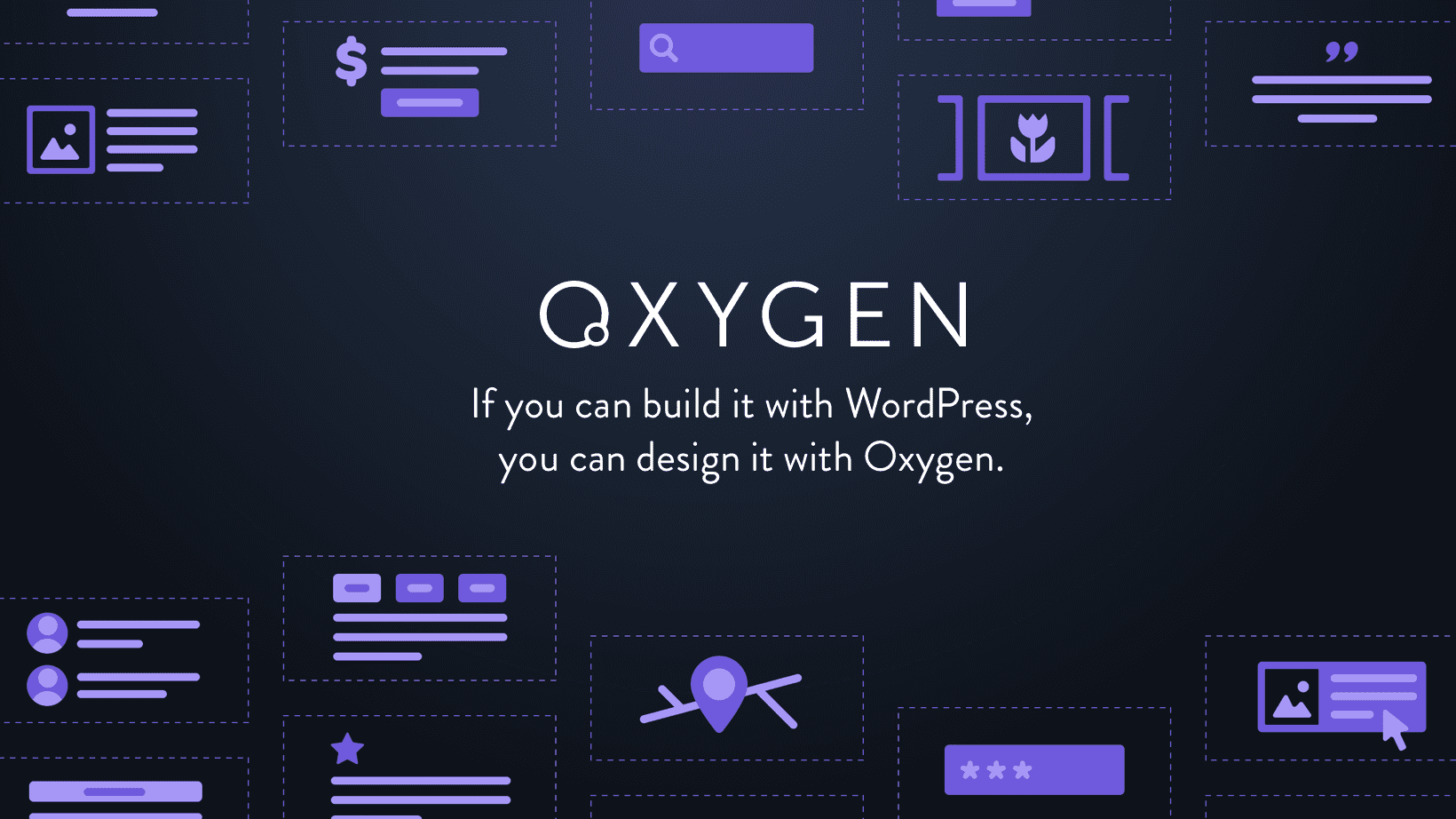
One of the most popular ways of earning money online is through eCommerce websites. However, building a website from start to finish is a challenging task. Furthermore, if you are not a programmer, you will have to hire one, and that can be a costly solution. With that in mind, there are affordable replacements that are easy to set up and use. Two of the major players in the eCommerce field are Shopify and WordPress. Even though both options are worth considering, in the end, it all comes down to a single piece of information. Shopify vs WordPress – which wins?
Shopify vs WordPress – Which Wins the Ultimate eCommerce Battle?
To answer this question, the best approach would be to look at both Shopify and WordPress individually and then compare the advantages and disadvantages of both platforms. Furthermore, there are a couple of other factors that affect the success of your eCommerce website. First of all, you must think about the things that drive visitors away from your website. This might be due to:
- The overall look of your website
- How easy is it to navigate through the pages
- The security level of the payment forms
- Quality of SEO
Also, the quality of products and the prices you put are another decisive factors, but that doesn’t really have anything to do with the type of eCommerce platform you choose.
Shopify
Shopify is one of the best solutions to develop a successful eCommerce brand, introduced in 2004 by a Canadian multinational company. It is an eCommerce platform with multiple templates, both free and paid. Furthermore, it is offering hosting solutions, so you don’t have to worry about where to host your website.
Another great feature is the Shopify Academy, where you can educate yourself on how to use it, and have the full support and mentoring channels. It also allows the purchase of different add-ons.
WordPress
WordPress is an older brother to Shopify, running since 2003. When it comes to WordPress, it is important to understand that there are two options to look at:
- wordpress.org
- wordpress.com
WordPress is, in general, a blogging platform with an extended array of useful plugins. These are all provided by a 3rd party vendor, but the one we are interested in the most is WooCommerce – an addon for e-commerce platforms.
When it comes to the difference between wordpress.org and wordpress.com, it is important to understand that the first one does not offer hosting plans and is more focused on content management.
On the other hand, wordpress.com is strictly for an easy approach to building websites. And, it does offer hosting solutions with its packages.
Simplicity factor
When it comes to eCommerce websites, it is important they are easy to set up. With that in mind, Shopify provides an easy solution that can be ready to use in a matter of minutes. It is flexible, and it provides full support for software installation, web hosting, and any upgrades. Furthermore, it offers high-level security of your data.
WordPress.org combined with WooCommerce also provides a fantastic solution to build an eCommerce platform with full support and an array of possibilities. However, WordPress might require a bit more knowledge of the technical side. First, you must learn how to use WordPress in general. And second, you must learn how to set up WooCommerce, which might take a bit more time. Nevertheless, once you understand the technical aspect, it becomes an easy-to-use solution.
Since WordPress does require a bit more knowledge and a plugin to create an eCommerce website, I would say that Shopify is a bit simpler to use.
The overall design and features of Shopify vs WordPress
When it comes to running an online business, the design of your website matters the most. While both solutions provide beautifully built themes, it does seem like WordPress has a broader range of options.
Both Shopify and WordPress are flexible and provide good support, so let’s see the main differences.
The starting plan
The starting plan for WordPress + WooCommerce has two main options – core and extension models. The core features are free, and they include shipping options, a checkout cart, and everything you need to set up an eCommerce platform. You can slowly build your website by adding paid extensions in the future.
The starting plan for Shopify offers cheap solutions to get everything running. However, it is true that the more you pay, the better features you have.
Themes and design
WordPress offers an array of beautiful themes and templates for WooCommerce. The storefront is free of charge, and there are an additional 14 themes you can choose from. Furthermore, there are a lot of 3rd party templates and themes you can implement. Best of all, WooCommerce can work with any theme you install. However, the best tip is to only use a theme that was approved by WooCommerce to avoid any issues with support.
On another hand, Shopify has over 100 themes to choose from. The design is simple and beautiful, and you can find both paid-for and free of charge themes. The choice is yours.
Hosting and backups
As previously mentioned, you will have to purchase a separate hosting plan for WordPress.org. It is important to check if your hosting provider does regular backups. Also, you can easily find specialists to help in backing up your WooCommerce website.
Shopify provides hosting plans and full daily backups are automatically included in every package.
Wide range of eCommerce tools
The good news is that both WooCommerce and Shopify provide an array of efficient eCommerce tools.
With WordPress + WooCommerce you can:
- Sell physical and digital products, and affiliate products as well
- Add geo-location factor to easily calculate shipping and tax
- Group all products by categories
- Have full insight into inventory management
- Easy customer creation account system
- Different shipping options
- Automated e-mail templates
- Analytics tools
- Reviews and comments section
- You can apply discounts and coupon features
In the same manner, Shopify lets you:
- Manage and track inventory and orders
- Easily insert images, details, and product descriptions
- Set up personalized customer accounts
- Add built-in web pages or blogs to increase traffic and brand awareness
- Use the abandoned cart feature
- Use a full tracking system for orders and customers
- Include multiple currencies and payment options
- Set up a category organizer to help customers in their search
Price comparison
As discussed before, WordPress + WooCommerce offers free-of-charge solutions. Hosting can be anywhere from $5 and more. However, if you are going for a more professional setup, the startup fee is around $200, and hosting can be from $10-15$ a month. Furthermore, premium plugins cost between $100 and $200 on a yearly basis.
When purchasing a plan on Shopify, it can cost you anywhere from $29 to $299 per month. There is also an added Lite option that costs $9 per month. It will not let you build a store, but it is perfect for those who already have a website. It is also worth mentioning that a 1-year contract gives you a 10% discount and a 2-year contract gets you a 20% discount on the monthly price.
And the winner is?
When everything is taken into consideration, it is clear that both WordPress and Shopify offer good solutions. However, when we look at Shopify vs WordPress, there are a couple of factors that benefit Shopify more:
- it specializes in eCommerce, while WordPress is more of a blogging platform with eCommerce plugins
- hosting plans are included in the package, which reduces the hassle
- overall support is better with Shopify guru, mainly because there are too many 3rd party plugins on WordPress that are not covered by the WooCommerce support
- the pricing plan is simpler and more direct; WordPress costs mostly depend on 3rd party plugins
Even though WordPress provides better SEO solutions and a variety of templates and designs, Shopify really focuses on making the eCommerce experience one of a kind.








